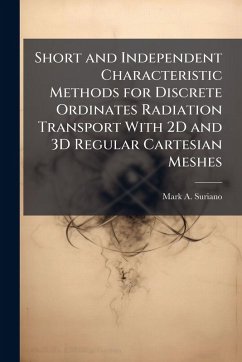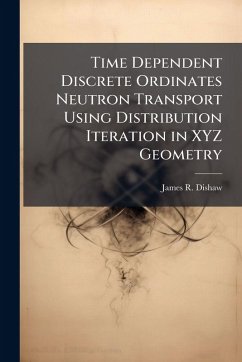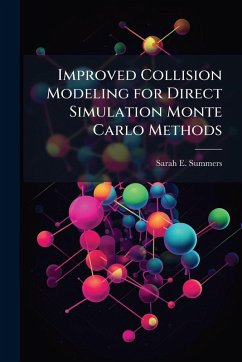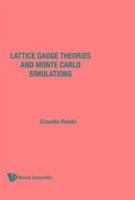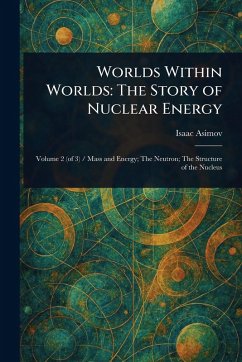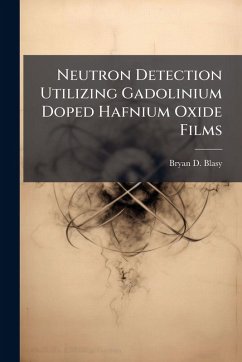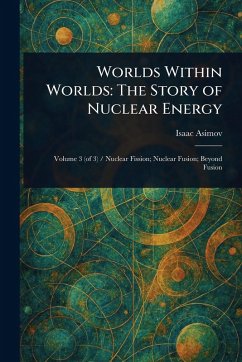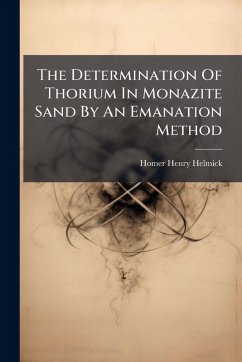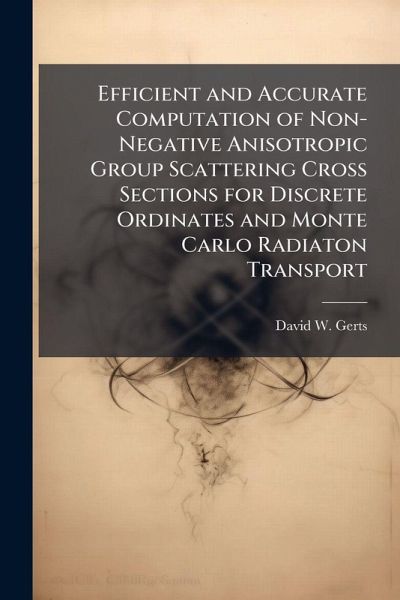
Efficient and Accurate Computation of Non-Negative Anisotropic Group Scattering Cross Sections for Discrete Ordinates and Monte Carlo Radiaton Transport
Versandkostenfrei!
Versandfertig in über 4 Wochen
17,99 €
inkl. MwSt.
Weitere Ausgaben:

PAYBACK Punkte
9 °P sammeln!
A new method for approximating anisotropic, multi-group scatter cross sections for use in discretized and Monte Carlo multi-group neutron transport is presented. The new method eliminates unphysical artifacts such as negative group scatter cross sections and falsely positive cross sections. Additionally, when combined with the discrete elements angular quadrature method, the new cross sections eliminate the lack of angular support in the discrete ordinates quadrature method. The new method generates piecewise-average group-to-group scatter cross sections. The accuracy and efficiency for calcul...
A new method for approximating anisotropic, multi-group scatter cross sections for use in discretized and Monte Carlo multi-group neutron transport is presented. The new method eliminates unphysical artifacts such as negative group scatter cross sections and falsely positive cross sections. Additionally, when combined with the discrete elements angular quadrature method, the new cross sections eliminate the lack of angular support in the discrete ordinates quadrature method. The new method generates piecewise-average group-to-group scatter cross sections. The accuracy and efficiency for calculating the discrete elements cross sections has improved by many orders of magnitude compared to DelGrande and Mathews (7) previous implementation. The new cross sections have extended the discrete elements method to all neutron-producing representations in the Evaluated Nuclear Data Files (13). The new cross section method has been validated and tested with the cross section generation code, NJOY (13). Results of transport calculations using discrete elements, discrete ordinates, and Monte Carlo methods for two, one-dimensional slab geometry problems are compared. This work has been selected by scholars as being culturally important, and is part of the knowledge base of civilization as we know it. This work was reproduced from the original artifact, and remains as true to the original work as possible. Therefore, you will see the original copyright references, library stamps (as most of these works have been housed in our most important libraries around the world), and other notations in the work. This work is in the public domain in the United States of America, and possibly other nations. Within the United States, you may freely copy and distribute this work, as no entity (individual or corporate) has a copyright on the body of the work. As a reproduction of a historical artifact, this work may contain missing or blurred pages, poor pictures, errant marks, etc. Scholars believe, and we concur, that this work is important enough to be preserved, reproduced, and made generally available to the public. We appreciate your support of the preservation process, and thank you for being an important part of keeping this knowledge alive and relevant.



